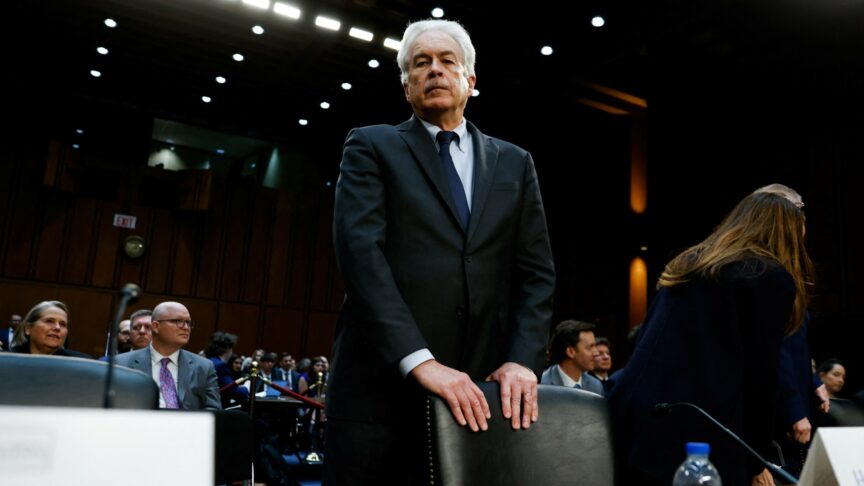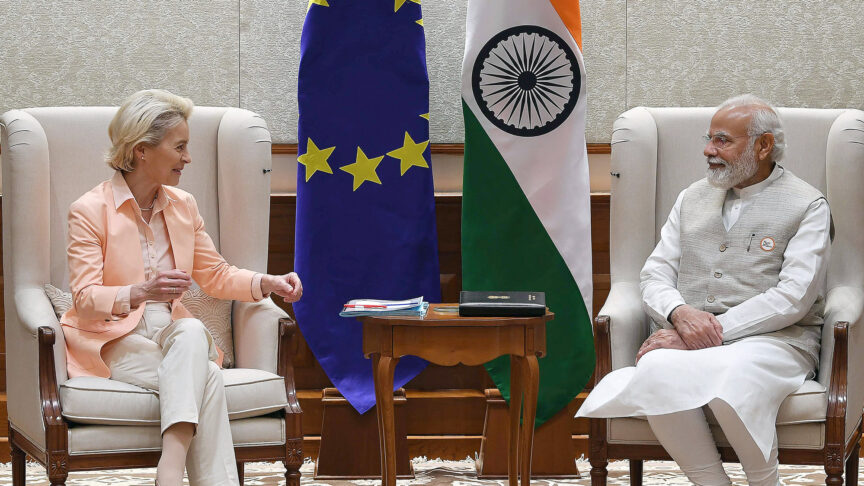Why China (probably) won’t go to trade war with America
The US protecting its own technology is not the same as a trade war. But were such a war to emerge, it may well be the apparently invulnerable Xi Jinping rather than the bullishly confident Donald Trump who finds his country worse off as a result
The Trump administration’s recent moves in the arena of trade could have far-reaching consequences for the relationship between the United States and China – and between each of them and Europe.
The first of Donald Trump’s measures, imposing steep duties on steel and aluminium imports, were made on the basis of “national security”, relying on section 232 of the 1974 US Trade Act. This move has irked many of America’s trade partners – the European Union, for example, has asked for consultations with the United States at the World Trade Organization – and China has filed a complaint with the WTO.
The second set of measures, resting on section 301 of the same act, follow an investigation by the Office of the US Trade Representative. This investigation showed that China has been using all available means to extract technology from American firms in order to gain a competitive advantage in key industries of the future. As a result, the US now threatens to levy additional duties on 1,300 products from high-tech sectors like medicine, machine tools and aerospace. China immediately responded to this second move by issuing a 100 billion dollars’ worth list of potential tariffs on best-selling exports to China – and these range from high-tech products, to favourite US exports such as soybeans. As of the time of writing, the US is now considering emergency powers for the president, outside of existing processes, to stop controversial investments
China remained very moderate over section 232 action in spite of the dubious nature of the “national security” argument used by the US. It has chosen escalation against the section 301 tariffs in spite of the fact that the US government was able to point to a very clear and precise body of evidence justifying the move. And the US is not alone in its thinking: the EU has also been looking at China’s state-driven acquisition of foreign high tech, and has conducted an even wider enquiry into China’s biased economic policies and structures. It is now considering investment screening as a way to counter it. The EU may have preferred that the US bring its case to WTO arbitration rather than resort to unilateral sanctions, but it probably broadly agrees with the substance of the case.
The coming together of trade conflict and action on IP and high-tech protection has led many to predict a trade war.
Tit-for-tat retaliation by China on, say, cars would hurt America premium German auto makers almost as much as US brands
Should we be afraid of a such a war? Yes and no. Yes, because today’s economies are far more interlinked than they were in the early 1930s, the last time something approaching a full-scale trade war happened. No, because the lose-lose consequences of such a game are so clear that they will act as a deterrent towards most parties involved. Yes, the foreign trade-to-GDP ratio was already very high in the Europe of the 1930s, and in fast-rising Japan. But much more international trade was in energy and raw materials, and the globally integrated production chains of today certainly did not exist. Colonial empires or backyards were essentially spheres of preferential trading with their masters, dampening the consequences for those who belonged to these mercantilist zones, whether as suppliers or as consumers.
The long reach of the international supply chain is visible if one just examines steel duties. These hit European producers more than they do Chinese ones. And China itself may produce half of the world’s steel but it has already cut its exports to the US. In turn, tit-for-tat retaliation by China on, say, cars would hurt America premium German auto makers almost as much as US brands. If such actions were to extend to aerospace, the consequences would affect everybody. An Airbus incorporates 35-40 percent American-made parts (and vice-versa for American planes): how do you truly determine the ‘nationality’ of the final product? Duties by China on soybean will hurt Midwest producers – a largely pro-Trump constituency. But what about prices for meat and the consumer cost of living in China? Can Brazil really afford to replace the United States as a lead soybean exporter to China when it is also a prime steel exporter to the US?
These examples reveal that the consequences of a trade war on today’s production chains are so dire that one should perhaps ask instead: who will blink first? Here, the odds are stacked differently between China and the US, depending on the factors you consider. Politically, an American president elected on the promise to “make America great again” is duty-bound to demonstrate results to his constituency. But he lives, like European leaders, in a democratic environment where every one of his policies is under scrutiny for any weakness or failure. As he takes on greater risk, an incentive for many people outside his own supporter camp will be to ‘get him’. We see in the US today a coalition of free trade advocates AND opponents to Trump.
Yet economically, there is no way that the US with its $285 billion trade deficit with China – a figure rising as we speak – can be hurt in a trade war as much as China, which, after all, is the world’s leading trading nation. Xi Jinping may be politically invulnerable to such an escalation. Not only is there no democratic outlet or criticism, in spite of China’s success its people still think of their country as the underdog. Trade duties will feed nationalism, as economic sanctions do in Russia. But China’s economy is very vulnerable. Increased trade barriers for Chinese products could prompt foreign and multinational groups to shift low-end production elsewhere. China’s state-owned enterprises and semi-private firms have until now enjoyed considerable freedom of access to global markets, including the quasi-freedom to acquire foreign competitors by using the proceeds of China’s trade surplus, and with the help of the state. China’s current account surplus – which, ironically, has been diminishing over recent years – could even turn into a deficit. Dumping on other markets as a way out of the problem would internationalise what had hitherto been a conflict mostly with the US. For Xi Jinping, this would be a Pyrrhic political victory.
What alliances might form on either side? Here again China may be in the weaker position. It has sweet-talked the world about open trade, saving the world’s trading system, and safeguarding its rules. But China has also managed to embroil itself in a major controversy over market economy status with the EU, and has not engaged in any significant trade or investment concessions in recent years. Europeans no longer take China at its word, including those who are heavily invested in China but who now fear the rising mercantilism of China’s economic policies. Xi Jinping has seen the danger: his recent speech at the Boao Forum for Asia included mention of some specific investment liberalisation measures and possible tariff cuts. Significantly, the auto sector is highest on his potential list – an appeal against a trade war made as much to Germany as it was to Trump, who had earlier tweeted about auto duties in China.
With Trump, however, the situation is almost the opposite. The US president trumpets coming trade duties crafted “with love”. He has sniped at Germany and Mexico, and has so far granted no relief on additional duties on steel from Japan, not to mention from Brazil. We will know in a few days if his exemption for the EU – good only until 1 May – is to be extended.
Trump might feel comfortable seeking a trade war because the US has more economic resilience against tariffs than any other major economy. China certainly fears a trade war but is very reluctant to admit this, and has not made many concessions to avert one. Europeans will have to choose between their absolute preference for rules and open markets on the one hand, and the need for China to change many of its trade practices, including its systematic phishing of high technology and innovation. This is a triangular game, unfolding with the players wielding different weapons in each corner, while all remaining inextricably interlinked.
The European Council on Foreign Relations does not take collective positions. ECFR publications only represent the views of their individual authors.


